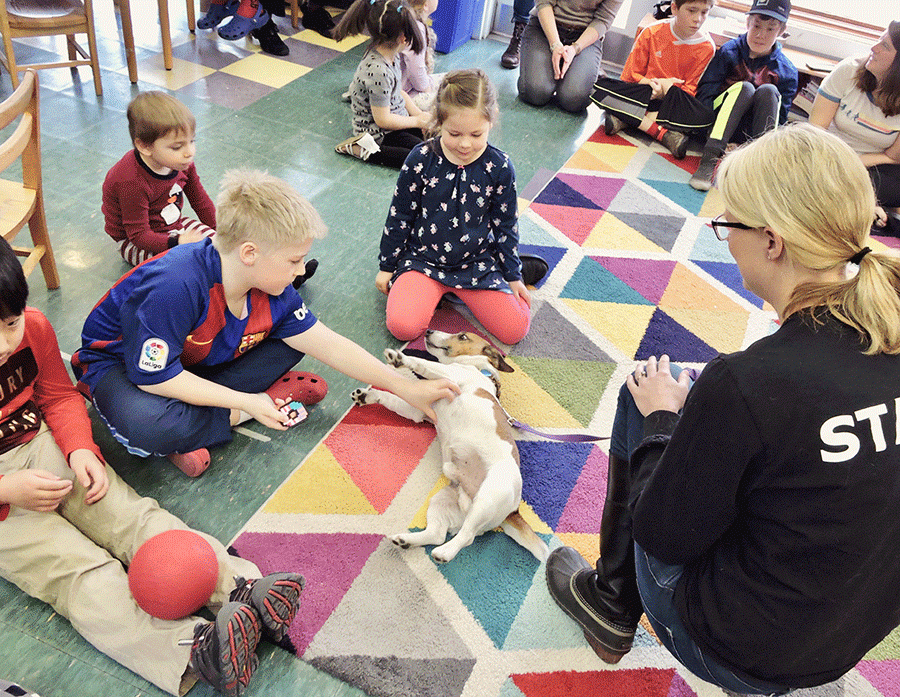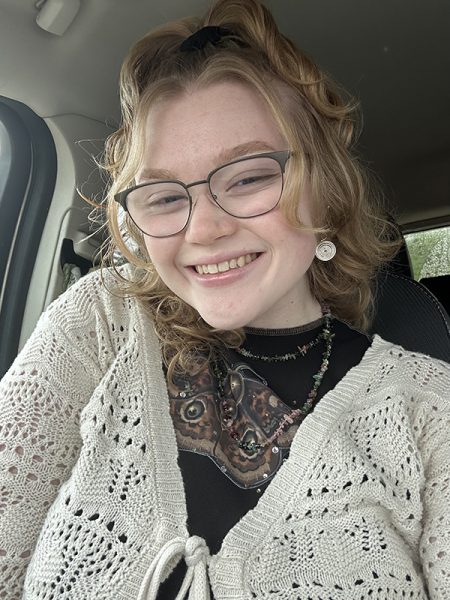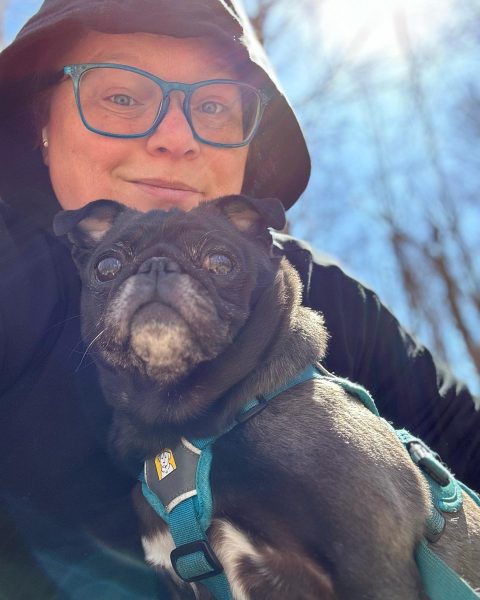Giving paws: North Country Animal League brings books, kids and pets together
courtesy of North Country Animal League
Student-puppy playtime at the Bellwether school in Williston
North Country Animal League (NCAL), located in Morrisville, has one primary mission: to build compassionate relationships between humans and animals. From the first step onto the property, they begin bridging connections between visitors and their mission. The front walk is made up of smooth, red brick, carved with the names of beloved family pets who have since passed.
On the left side of the lobby is a hallway that ends in a heavy, metal door with a square glass window at eye level. Once open, the first thing that hits you is the overwhelming smell of dog. This is not an unpleasant smell, just overpowering and only matched by the competing smell of dog chow during feeding time. For the most part, all the dogs are right at the fronts of their kennels, tails wagging and eyes following the visitors who have entered their domain.
One dog on the end, some combination of hound, is barking and baying in evenly spaced intervals, throwing in the occasional pause before the barking begins again. In another kennel are three puppies, nearly identical and so excited that they appear to mold their bodies together, stepping onto each other and weaving under siblings’ bellies and over wagging tails until they are a single mass of happy pup. In the playroom across from the kennels is a family playing with a white and brown speckled dog, their children smiling, little hands clapping in excitement at the animal who is nosing at their weather worn boots.
In the middle of the lobby is a large desk with two bottles of Purell perched next to a visitor log-in book. Behind the desk, a staff member is constantly in motion, either fielding phone calls or helping with the shelter visitors who do not know the sign-in process. There is a smell of hand sanitizer and some unknown scent that brings to mind a freshly vacuumed carpet. Just to the right of the front desk is a small, wooden book shelf full of picture books with titles such as “Curious George and the Puppies,” “Tweak and the Absolutely Right Whale” and “Sally Goes to Market.” The bottom shelf shares space between the multitude of children’s books and a stack of carpeted circles in bright blues, greens and pinks.
The adoption efforts of the staff at NCAL may be the larger purpose of the shelter, but there are also Humane Education Programs that the shelter has been growing for the past few years. One of the newer programs is the NCAL Reading Buddies program. This is a program focusing on both improving children’s literacy and socializing the animals that call the shelter a temporary home.
The woman responsible for getting this program off the ground at the shelter is Tracy Goldfine, the executive director at NCAL. While discussing the purpose of the Reading Buddies program, she said, “Our animals, while they are here, need that one-on-one time, and the more they get it, the better. And kids, well, it really motivates kids to read for a purpose, which for a struggling reader who may avoid reading and not enjoy it, they feel that they are helping the animals and it motivates them to read.”
Before the children who participate in the program can begin reading with the animals, they go through an orientation training day when they learn about what the shelter does for the animals on a daily basis, bite prevention, animal safety and why socializing the animals is important.
Once the children pass the orientation, they are free to either sign up for reading slots throughout the week or just drop by.
This program started a year ago in March of 2017 and already Goldfine is looking for ways to expand it. From this past year, the Reading Buddies program has accumulated approximately 100 kids. Of this larger group, not everyone becomes regular participants. Some only go to an orientation and never return. Others visit and read to the animals a couple times and then stop.
“What’s really special is that . . . there are a good, solid 15 kids that went through an orientation last year that come regularly, and this is either weekly or multiple times a week,” Goldfine said. “They come read to the animals and they feel super connected here and all the staff knows their names.”
According to Goldfine, it is the process of building on community that makes this program so important to the shelter. The kids become part of the animals’ lives at the shelter until the dogs and cats are adopted. The kids also provide a level of socialization that the staff is not always capable of. Goldfine has a fond memory of a Pitbull mix named Rogue, who was at the shelter for almost a year.
“She became our chief Reading Buddies dog that we sent all the kids to go read with, and she loved it,” Goldfine said. “She would just lay down and snuggle with kids while they read to her on beanbags, and it just brought her so much happiness.”
Once this friendly pup was adopted, some of the reading buddies’ parents professed their joy, remarking that their children had read to this dog. Through the program, the kids become part of each animal’s success and witness the impact they have on dogs such as Rogue.
In addition to the impact the Reading Buddies program has on the dogs, the impact on the kids is just as important. “There is another little girl who participates whose mom came to me and said it has been so hard to get her to read — she is so shy, she doesn’t want to read out loud [and] she’s really been struggling — and that coming here has completely motivated her to read,” Goldfine said. “She goes home now and reads to the animals in her own home. It has gotten her to totally open up her reading skills and to improve as a reader.”
For all the success that the program has had so far, there have also been challenges to overcome. For example, NCAL has a small, dedicated staff with duties that extend beyond the Reading Buddies program. The staff’s primary concern is meeting the needs of the animals in their care until they leave with their new families. Sometimes there are more pressing matters at the shelter than the Reading Buddies program. This means that sometimes Goldfine is the sole push behind the program that she balances with her other duties as a director.
“At this point, I think we need to address how to grow the program, and how to do so in a sustainable way for us,” Goldfine said. “The Reading Buddies being [at the shelter] is a very calming presence, and especially as we know the majority of dogs that we adopt out from NCAL go into homes where there are children.”
Another challenge has been with enrollment. At this time, the program is full, with around 100 kids having gone through orientation training, but there are enough new kids interested that there is now a waiting list. Of the 100 kids, it is hard to tell just how many are actively participating in the program versus those who will potentially participate. Both of these challenges distill down to having a new program that is waiting to see what the next step will be.
“It’s just great to connect kids and animals and to have that be over reading,” Goldfine said. “Sometimes the story ends [too] soon and the kids play with the dog or the cat, and that’s fine too. We just love to have the building filled with children.”
Now, NCAL is working on expanding all their Humane Education Programs, including the Reading Buddies. They want to work on school outreach programs and summer camps — any way to better incorporate kids into the shelter.







Chloe • Mar 26, 2018 at 8:33 pm
What an inspiring and beautifully written article! We adopted our dog Russell here and it’s such an amazing place. ❤️